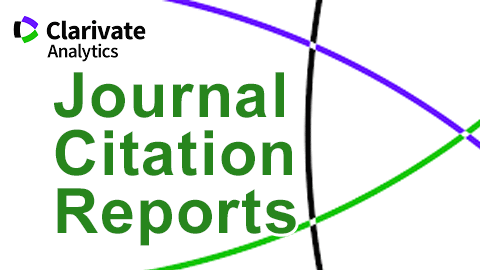Take + noun sequences in native and learner written data
Keywords:
Collocations, Idioms, Free Combinations, Advanced Learner, Contrastive Interlanguage Analysis.Abstract
Abstract. Multi-word sequences have been shown to pose important problems for learners even at the most advanced levels (Nesselhauf 2003, 2005). In this article we compare the use of the high-frequency verb take by both native speakers (NS) and advanced Spanish-speaking learners of English (NNS) in three types of multiword sequences (free combinations, collocations and idioms), although the focus will be mainly on collocations. The data were drawn from the Spanish subsection of the International Corpus of Learner English and the Louvain Corpus of Native Speaker Essays. Following the framework of Contrastive Interlanguage Analysis (Granger et al. 2002), we studied the learners’ linguistic behaviour from the perspective of what combinations they use significantly more or significantly less than native speakers. The results show that learners significantly underuse collocations and free combinations, but significantly overuse idioms.Downloads
Global Statistics ℹ️
|
421
Views
|
257
Downloads
|
|
678
Total
|
|
Downloads
Published
How to Cite
Issue
Section
License
Attribution - Non-commercial (CC BY-NC). Under this license the user can copy, distribute and publicly display the work and can create derivative works as long as these new creations acknowledge the authorship of the original work and are not used commercially.
Authors retain the copyright and full publishing rights without restrictions.








